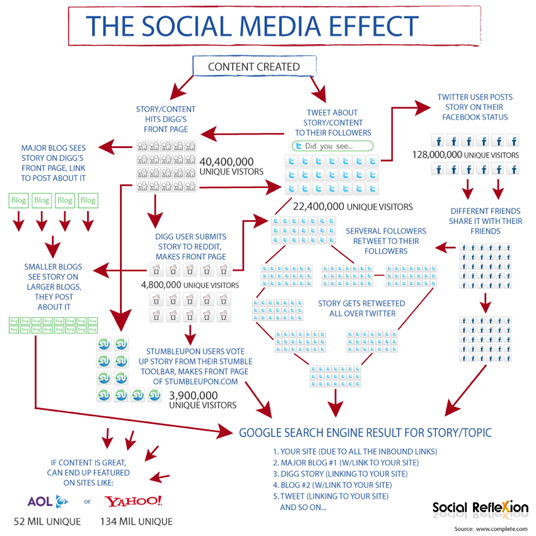
Gerd Altmann / pixelio.de
In the last weeks, I have been in the process of letting some of the publishers in our company know that the world of communities and forums is changing. The reasons are quite obvious: The world is getting social. New standards will become mainstream and as people have many registrations processes, passwords and combinations of login to remember, websites and online content production businesses have to change their mindset.
Here is the proof to my words (and yes, it helps me a lot…). A recent study by Janrain and Blue Research among “social media active” people concludes that for online publishers, site registrations will be out soon and social sign-on is trendy, and becoming the new standard. The study found out that 66% of respondents said that social sign-in, which allows users to sign in on a platform using their profiles from Facebook, Google, Twitter or other social websites, is a potential solution. Just 25% of users are inclined to hand over their information when asked to register on a website.
Most (75%) of the over 650 respondents said, they don’t like online registrations and, when presented with a registration request, may leave the site, go somewhere else, or not come back again. More than three-quarters of the respondents even said they are putting incomplete or incorrect information in online registration forms.
Social sign-on/sign-in even pays into company’s brand image. 42% agreed that companies offering a social sign-in option “are more up-to-date, innovative and leave a positive impression compared to those which do not offer this capability” on their sites.
“The findings of the survey clearly show that consumers are frustrated with the traditional online registration process and will favor brands that make it easy for them to be recognized.” Paul Abel, Managing Partner, Blue Research
Spot On!
In my eyes, the reasons affirming the statement “pro social sign-in” is easy. You don’t need to remember all singin passwords, and forgeting one is not an issue if you have many social accounts. At least, you will remember one login. And platform owners are not losing out of users then. 45% stated they have left a website after forgetting their password or log-in information. They just don’t answer the security question or use the “Reset my password” functionality. Automation is wanted: 55% said they were more likely to return to a site that automatically recognizes their identity. Many publishers (60% according to a study by Gigya and Edge Research) have realized the opportunity to upscale on traffic and engagement by users and include sign-in options now.
Would you agree with these results? What is your way of using personal sign-in? Is social sign-in the future?


 A good explanation why Apple often wins against competitors. Just see
A good explanation why Apple often wins against competitors. Just see 
 Every year, you create a quote that you use either to explain your business, to justify what you are doing or to establish some kind of heritage for those that you think are interested in what you are saying.
Every year, you create a quote that you use either to explain your business, to justify what you are doing or to establish some kind of heritage for those that you think are interested in what you are saying.
 One thing leads to another. Today we could transfer this quote to: One search leads to another social activity, and vice versa. And this interconnection of web-strategy tactics amplifies the user’s purchase decisions.
One thing leads to another. Today we could transfer this quote to: One search leads to another social activity, and vice versa. And this interconnection of web-strategy tactics amplifies the user’s purchase decisions. The second annual “
The second annual “